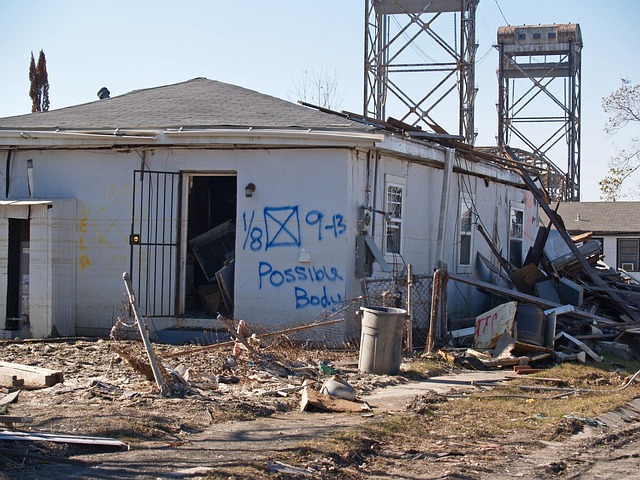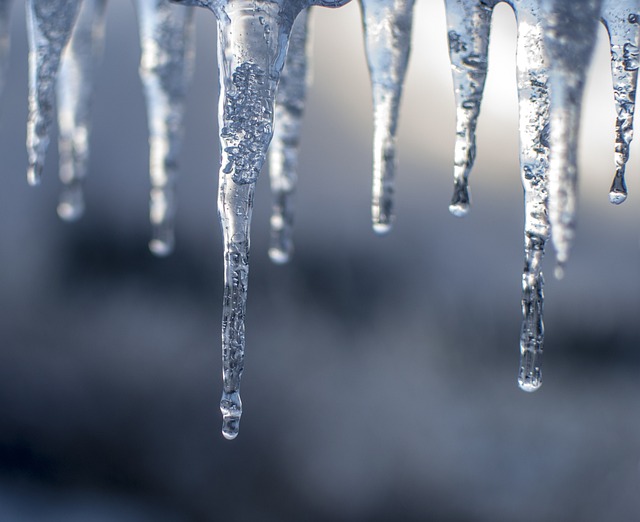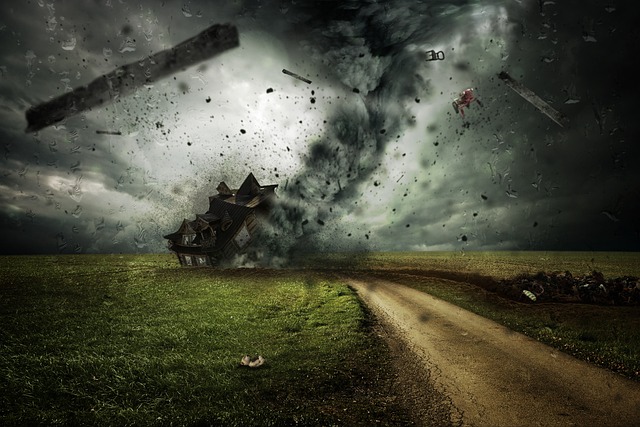Tag: Weather
-
Hurricane Katrina Facts For Kids | The Costliest US Disaster
Hurricane Katrina is basically a tropical cyclone that occurs mostly within a period of 6 months starting from June and ends on the last day of November. Thus, fall and summer seasons are the most likely seasons for hurricanes. It originates over North Atlantic Ocean. Such kinds of tropical cyclones are numbered according to the…
Written by

-
Global Warming Facts For Kids
Now is the right time to discover the most important global warming facts for kids. The release of carbon dioxide together with other heat-trapping gases (like carbon dioxide and methane) into the earth’s atmosphere gives rise to a phenomenon known as global warming. It so happens that the gases absorb the sun’s heat thereby acting…
Written by

-
Hurricane Facts For Kids
The name of the word ‘Hurricane’ is derived from the Mayan god’s name called Huracan that was presumed to be in charge of cyclones. The most lethal natural calamity of America occurred in September 1900 when a huge wave measuring twenty feet rushed forward in Galveston (Texas) and swallowing up nearly eight thousand people. The…
Written by

